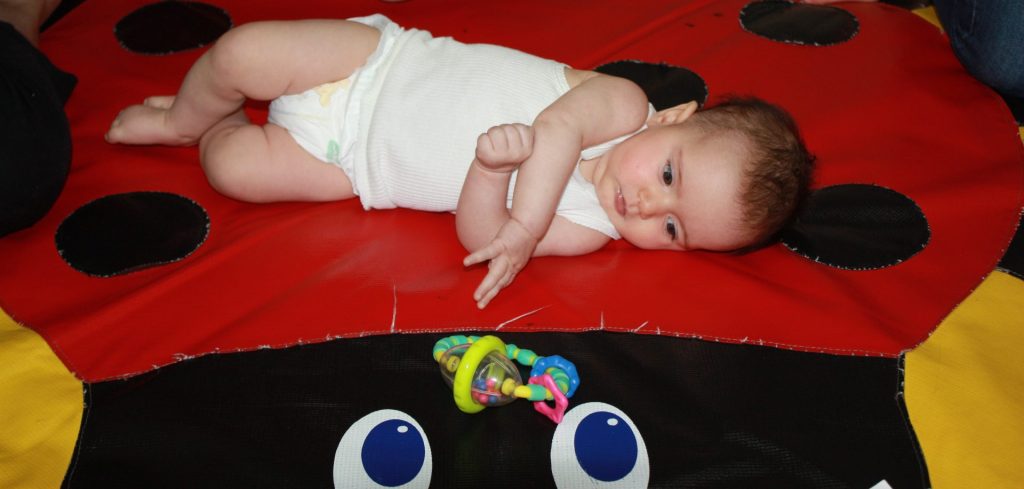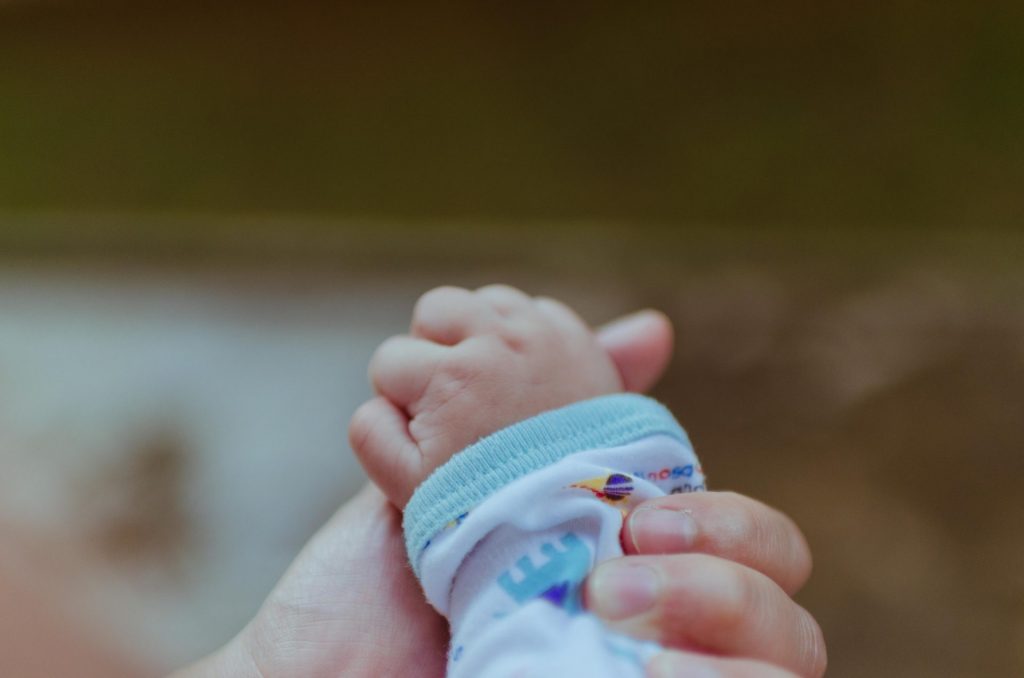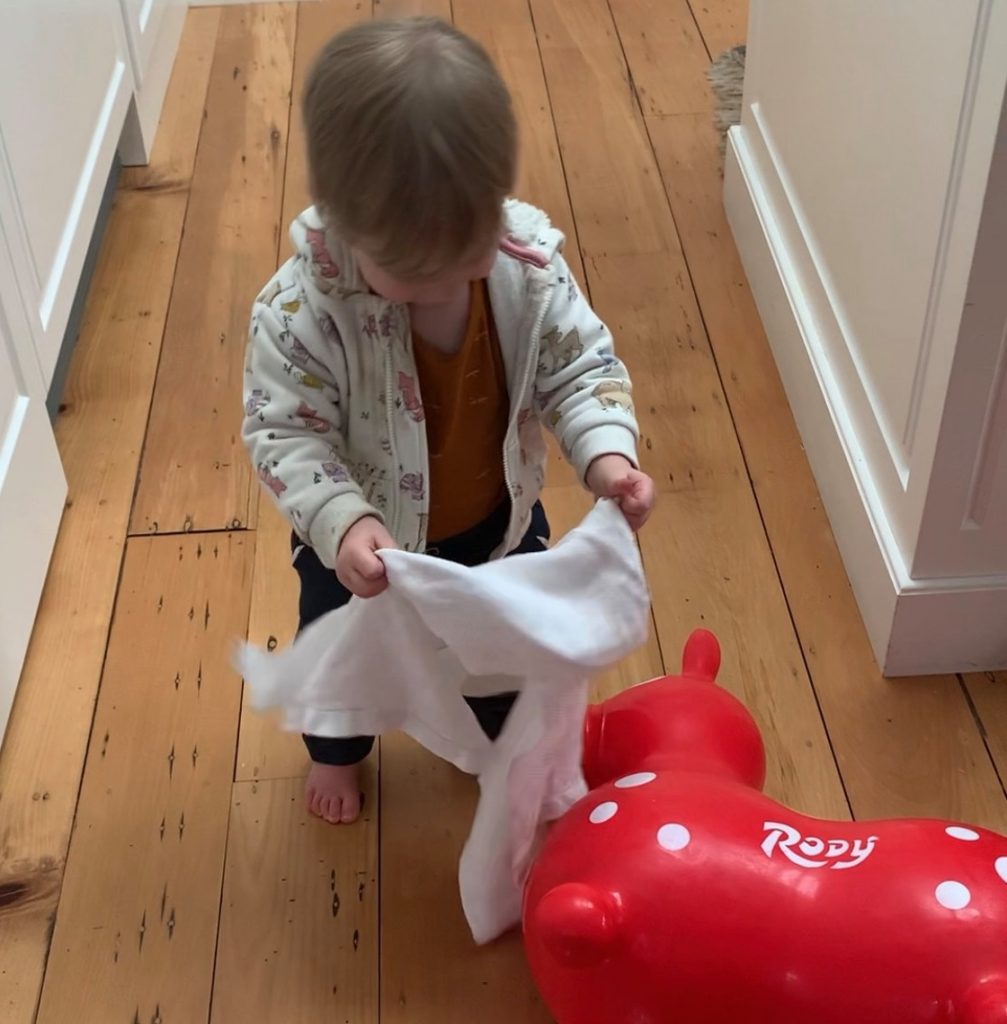8 to 12 months
- Points with finger/gestures – as his/her motor skills develop the child will point to an object to share with his/her parent (i.e., using gestures to develop joint attention and thus early non-verbal communication).
- Line of regard – at this age most children will follow their parent/carer’s line of regard in relation to objects/people at a distance.
12 to 15 months
- Children now follow a line of regard consistently – thus allowing a parent/carer to gain an infant’s attention using eye gaze when they bring objects into the child’s environment.
- Understanding that pointing is an intentional act.
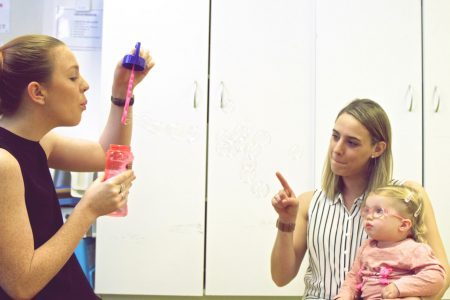
What are some of the components of joint attention?
These include:
- Attention – The ability to follow another person’s eye gaze.
- Emotions – Being able to look at another person’s face to get information on how they feel.
- Intentions – when the child and parent or carer are trying to do the same thing and they know they are doing it together.
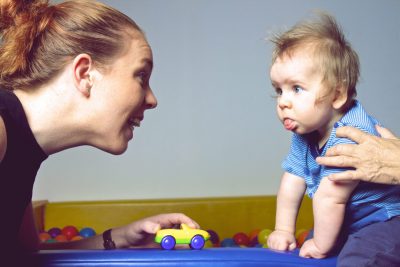
How do I improve my child’s joint attention?
Some ways to increase joint attention include:
- Play or sit directly opposite to your child.
- Position yourself to gain eye contact and lots of smiles.
- Assist focus on your face by using hats, sunglasses, stickers, etc.
- Use cause and effect toys in play.
- Use an animated voice and facial expressions.
- Initiate non-verbal gestures during play.
- Blow bubbles, play peekaboo games to gain your child’s attention.
- Play games that involve taking turns, i.e. rolling a ball between each other.
- Develop imitation skills during play in both fine and gross motor games.
- Follow your child’s lead and play with their preferred toy or activity.
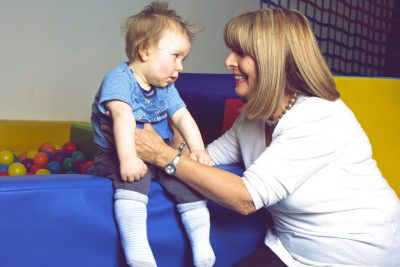
What should you do when engaging in any activity to gain a child’s joint attention?
- Show enjoyment in any activity that you share together.
- Consistently give praise to your child for being involved in activities of joint attention, either by gesture or verbally.



